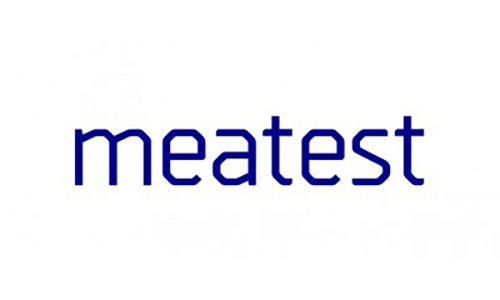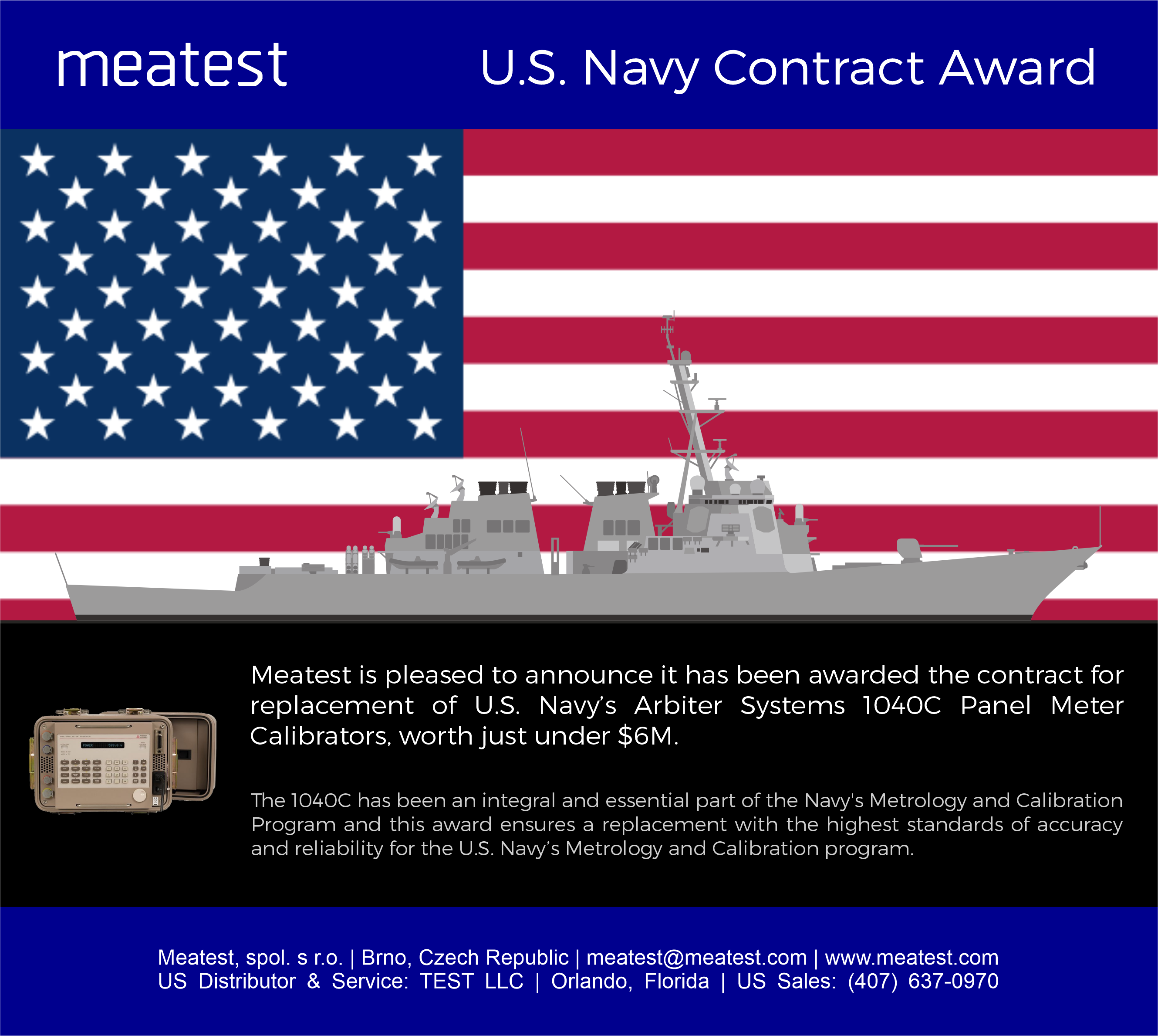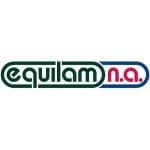 Advanced weathering testing constitutes the testing any product exposed to the outside elements where pollution, corrosive atmospheres (ocean salt, acid rain) high humidity, UV exposure…etc. shall suffer cosmetic damage eventually leading to functional damage of this product or material. The ultimate goal is for the end user to test its products so as to not fail within the warranty period thus costing money to repair or replace.
Advanced weathering testing constitutes the testing any product exposed to the outside elements where pollution, corrosive atmospheres (ocean salt, acid rain) high humidity, UV exposure…etc. shall suffer cosmetic damage eventually leading to functional damage of this product or material. The ultimate goal is for the end user to test its products so as to not fail within the warranty period thus costing money to repair or replace.
Typically, there are two types of tests performed:
- Quality audit testing (Salt Fog Testing)
- “Real World” type testing (Cyclic Corrosion Test – aka: CCT)
The differentiating factor between the two is the type of test involved. Quality audit type testing involves a repeatable, controllable type of test that may last an hour, a day or a month and in some cases, even longer. ASTM B117 and ISO 9227 are the underlying regulating organizational bodies, which pertain to both types of testing because it states how the tests should be conducted and how the testing equipment should be built.
Salt fog testing per se, involves a static temperature held at 35°C in a saturated humidity condition for the duration of the test, however long that is. This is defined as “Salt Fog Testing” (aka: quality audit) and falls under the jurisdiction of both ASTM and ISO standards but many other regulating bodies would be involved such as DIN, JIS, SAE and many others. These types of tests are usually for comparison purposes to show uniformity and repeatability amongst the test samples.
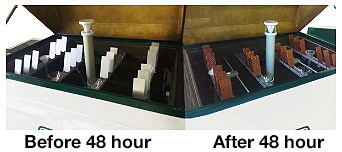 This photograph shows metal coupons in both before/after configurations where comparative results will then be analyzed and adjustments made which will result in another series of test and results compared.
This photograph shows metal coupons in both before/after configurations where comparative results will then be analyzed and adjustments made which will result in another series of test and results compared.
Cyclic testing (or CCT) involves the same principles as above but goes a bit beyond normal NSS (Neutral Salt Spray) tests by either deviating the temperatures inside the chamber higher (60° or higher) but it would also include a drying period of the tested part. Drying adds another area where corrosion growth is observed in the real world thus “Real World” testing will add drying to its cycle.
Manufacturers of products would expose their samples in test fields spread over long periods of time, sometimes being years to achieve the same results now seen in NSS and CCT testing. The difference being now the results can be compared a matter of days versus what used to be a matter of years.
EQUILAM NA has developed a complete product line for a myriad of tests in many different sizes to help manufacturers achieve comparative corrosion results, which adhere to nearly all the international testing authorities.
Here, bicycle frames are being tested in a cyclic chamber to simulate years of exposure in just a matter of hours.
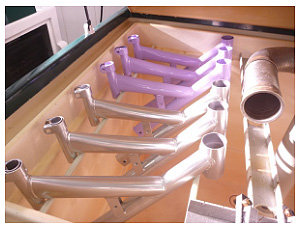 Manufacturers are faced with a major revolution in their quality control, which results in extended benefits to the consumer by knowing they are buying a quality product, which will stand the test of time.
Manufacturers are faced with a major revolution in their quality control, which results in extended benefits to the consumer by knowing they are buying a quality product, which will stand the test of time.
The great example of these corrosive tests are the auto industry, electronics, appliances, window frames, kitchen utensils, furniture, oil and gas, aviation, agricultural tools, construction and just about anything we can envision. This advancement in testing criteria has led the automotive industry to guarantee a no rust warranty that is commonly 10 years now which used to be 1 year not all the long ago.
This new horizon has led EQUILAM in developing specific chambers for automakers and their suppliers such as Renault, Honda, VW, Mercedes-Benz, Ford, Scania, Fiat, among others, with intelligent, automated and repeatable systems that allow specific tests involving minimal human involvement, our equipment has been recognized for their quality construction, durability and ease operation with minimal maintenance, establishing us as a market leader. With nearly three decades of experience and a patent-pending design, Equilam North America will come through for you.

